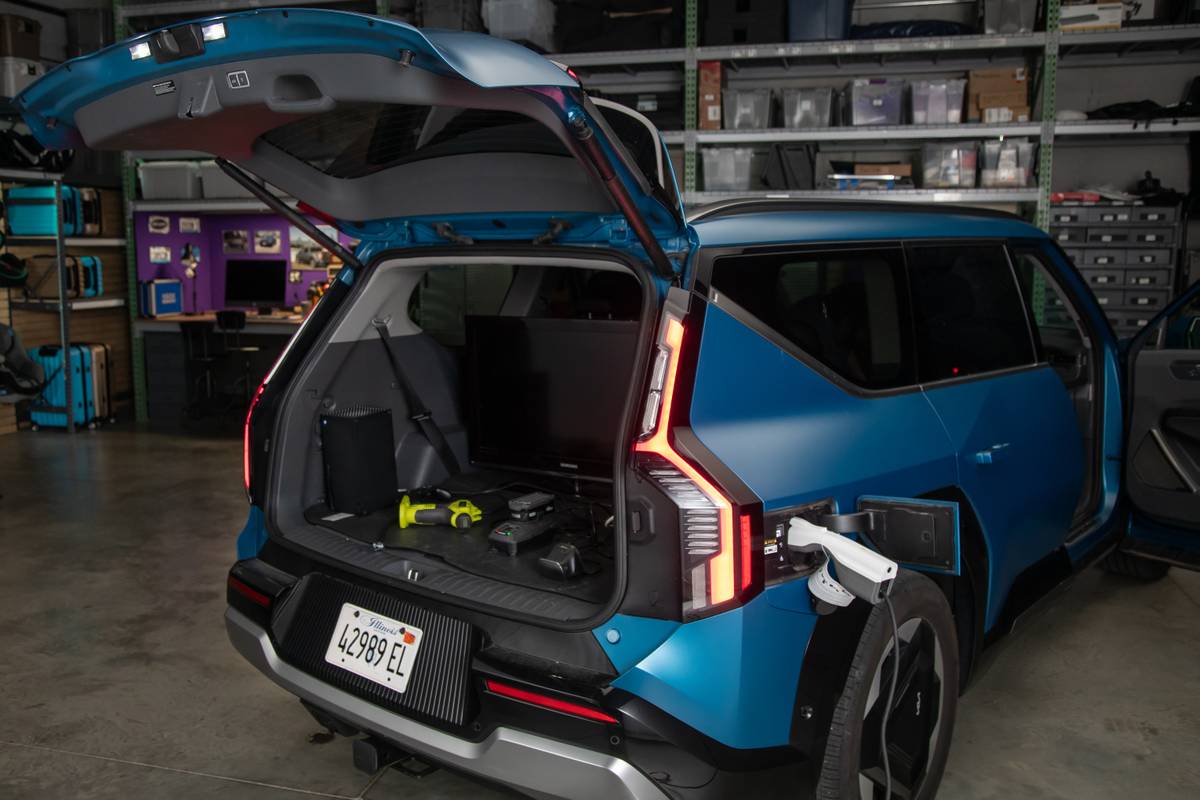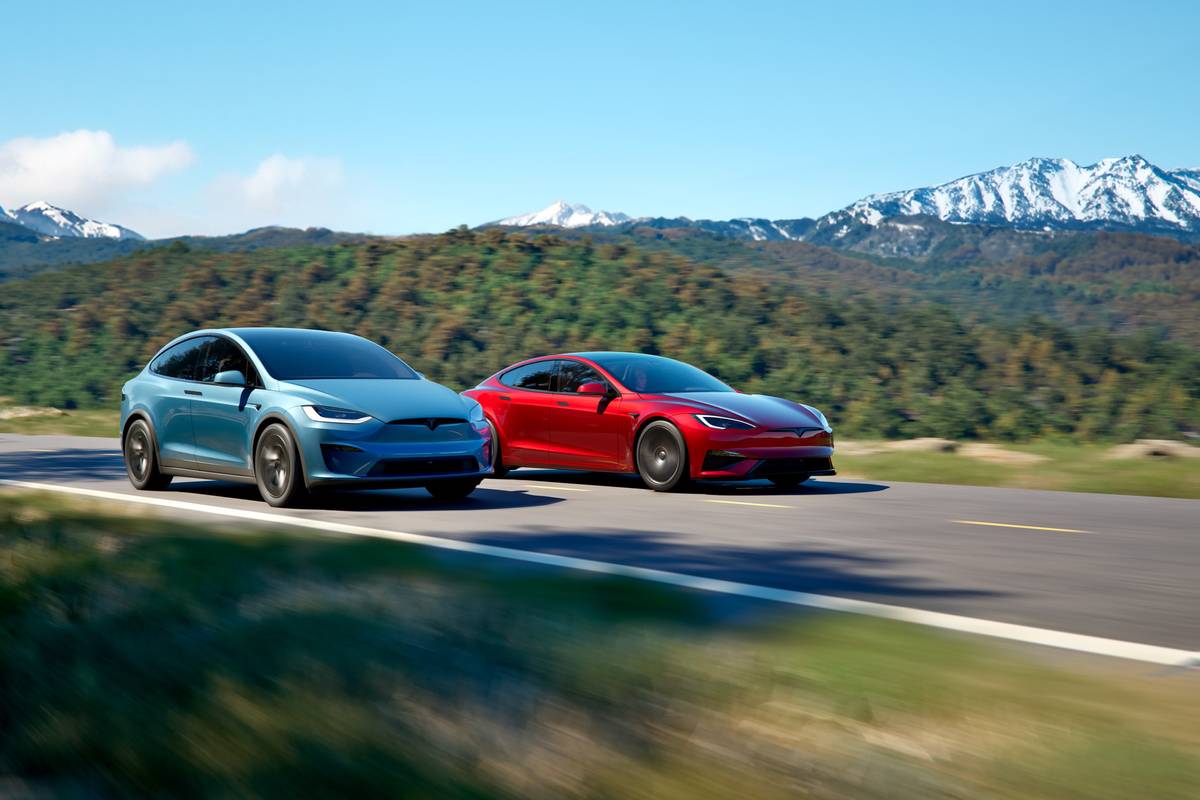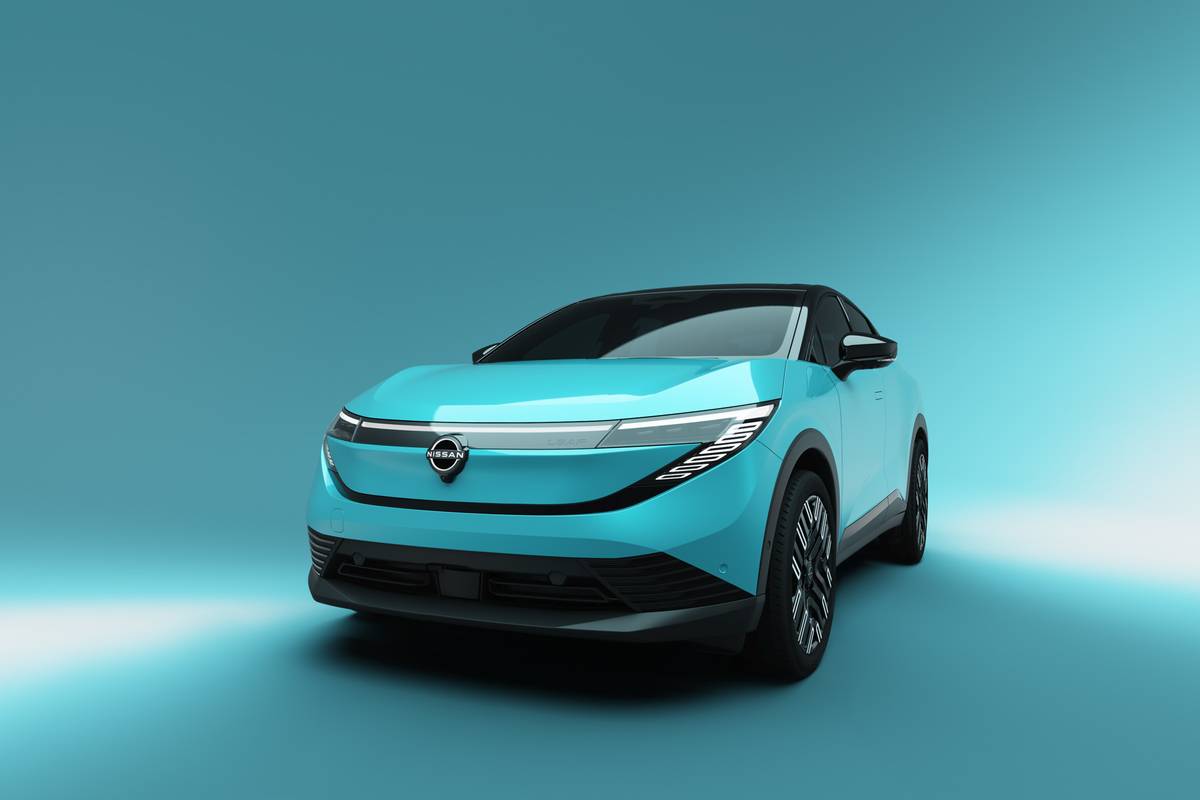AZCentral.com's view
When people recall the heritage of Swedish automaker Saab – at least the few who actually do recall the heritage of Saab – they focus either on jet fighters or those funky early cars with two-cycle engines.
I owned one of those little round Saabs of the ’60s, powered by a teeny three-cylinder engine that generated more blue smoke than horsepower. A low point came when my wife’s Aunt Abby said it reminded her of a carnival ride.
But years later, I owned another Saab, a 1985 900 Turbo, that was as sleek and fast as the earlier Saab was dowdy and slow. Saab was the first automaker to successfully market a turbocharged production car, decades before it became common practice for boosting engine performance.
The 900 Turbo became a trendy favorite during the 1980s, preferably in Darth Vader black. For 2008, Saab released a limited-production performance version of its compact 9-3 in homage to the heyday of the 900s.
Only 600 examples of the Turbo X were produced for U.S. drivers, all painted a striking metallic black and powered by Saab’s superb turbocharged V-6 engine. The entire 9-3 lineup of compact sedan, wagon and convertible was restyled for 2008, and Turbo X is the fully realized halo version, available as sedan or wagon.
The Turbo X Sport Combi that I drove was the wagon model, although it was as far from a family station wagon as a space ship is from a passenger plane. Automakers like to brag that their sedans and wagons are really sports cars in disguise, but the Turbo X actually backs up the claim.
With wonderfully agile handling, firm road holding and loads of power, Turbo X is a fitting tribute to 900 Turbo. For 2009, the same engine and some of the performance features are available on standard 9-3 models.
Saab 9-3 Turbo X Sport Combi
Vehicle type: Five-passenger, four-door wagon, all-wheel drive.
Engine: 2.8-liter turbocharged V-6, 280 horsepower at 5,000 rpm, 295 pound-feet of torque at 1,900 rpm.
Transmission: Six-speed manual.
Wheelbase: 105.3 inches.
Overall length: 183.2 inches.
Curb weight: 3,530 pounds.
EPA rating: 16 city, 24 highway.
Highs: Handling response, engine performance, sharp styling.
Lows: Modest gas mileage, lame cupholders, spooky door locks.
Performance: The 2.8-liter V-6 is heavy on torque and loves to rev, while emitting a sonorous exhaust note reminiscent of the old 900 Turbo. Very smooth and refined.
The old-school turbo-boost gauge from the 900 is a nice touch.
The Sport Combi was equipped with a close-ratio six-speed manual, rare in a wagon, which shifted with precision. A six-speed automatic also is available.
Gas mileage was unimpressive but in line with similar performance cars.
Drivability: Turbo X is equipped with a sophisticated all-wheel drive that enhances the 9-3’s already excellent handling in front-drive models. A limited-slip rear differential adds to cornering prowess.
The suspension is slightly lowered and stiffened, compared with the regular 9-3, but the ride is still decent. The steering is notably responsive and direct, and the brakes are monsters.
Styling: This Saab has real presence, a head-turner not only because of its rarity but its somewhat ominous appearance. My 20-something sons were impressed.
Interior: Saab-o-philes will be pleased by a layout that takes many of the styling cues of the 900s, such as the center-console ignition key, and puts them in modern context. All black and businesslike, with some attractive carbon-fiber trim.
Two minor problems: poor cupholder technology and an automatic door-lock system that seems to have a mind of its own.
Bottom line: Kind of pricey but a fine effort from a brand that’s maybe not on the radars of most performance drivers.
Base price: $42,565.
Price as tested: $44,755.
OPTIONS
Touring package with memory seats, auto-dimming mirror, universal home remote, rear park assist, $895.
Cold-weather package, with heated front seats, high-pressure headlamp washers, $550.
Shipping, $745.
Latest news



